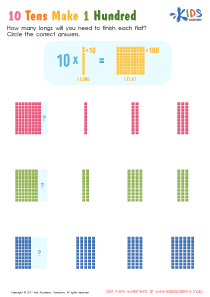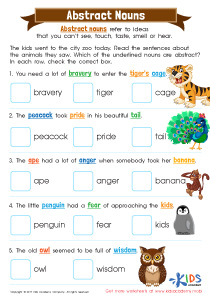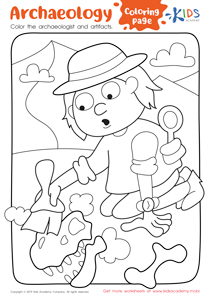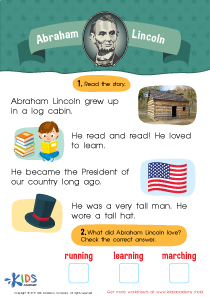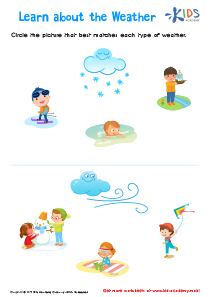Normal Vowels worksheets activities for Ages 6-7
2 filtered results
-
From - To
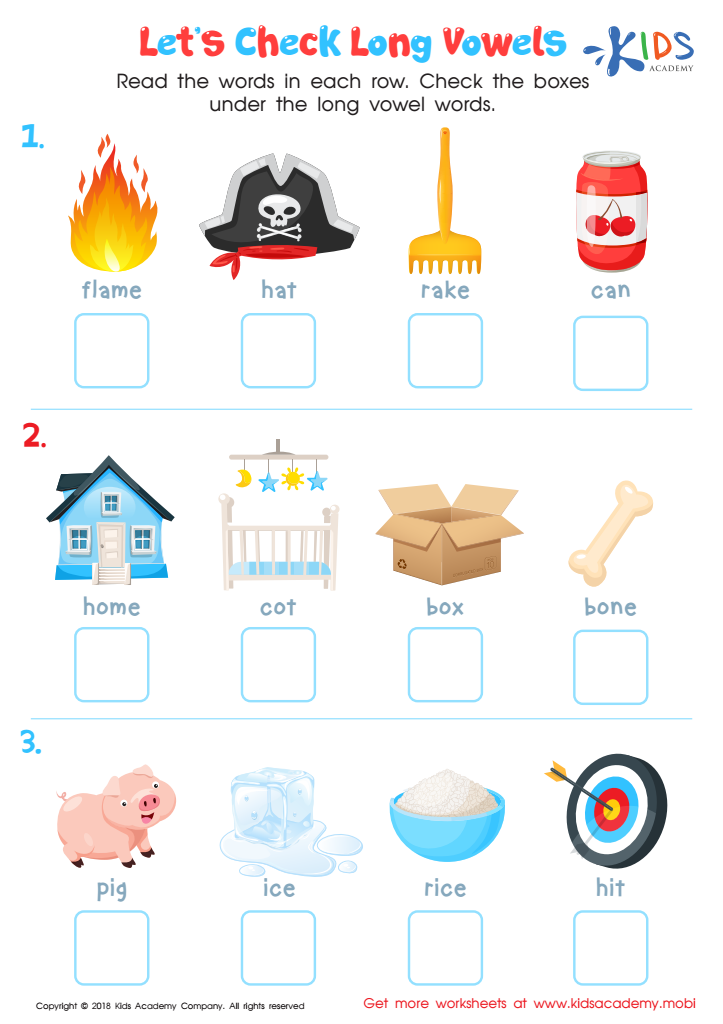

Let's Check Long Vowels: Assessment Worksheet
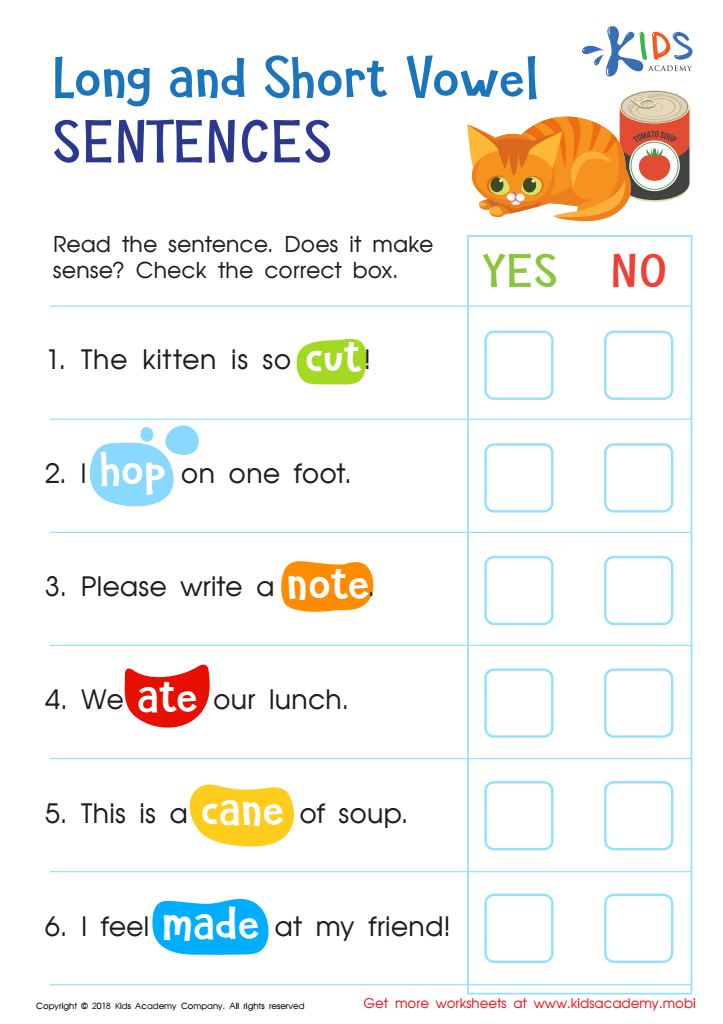

Long and Short Vowel Sentences: Assessment Worksheet
Normal Vowels worksheets activities are incredibly useful tools for educators and parents alike, providing a structured and engaging way for children to learn about vowels, which are fundamental elements of the English language. These activities are designed to enhance phonemic awareness, spelling skills, and the ability to distinguish between different vowel sounds, which are crucial steps in becoming proficient in reading and writing.
One of the primary reasons why Normal Vowels worksheets activities are so beneficial is that they offer a hands-on approach to learning. Children are not just passive recipients of information; instead, they actively participate in their own learning process. Through various exercises, such as matching games, fill-in-the-blanks, and sorting tasks, students can explore the world of vowels at their own pace. This hands-on experience not only makes learning more enjoyable but also helps to reinforce their understanding of the material.
Moreover, Normal Vowels worksheets activities are designed to cater to various learning styles. Whether a child is a visual, auditory, or kinesthetic learner, these activities include a range of methods to ensure that every student can grasp the concepts effectively. For instance, visual learners can benefit from worksheets that include colorful pictures and graphs, while kinesthetic learners might enjoy activities that involve physically manipulating letters to form words.
Another significant advantage of using Normal Vowels worksheets activities is their versatility. These worksheets can be used in a classroom setting, for homeschooling, or even for extra practice at home. They are suitable for a wide range of ages and skill levels, making them an excellent resource for differentiated instruction. Teachers and parents can select worksheets that match the learning objectives and the proficiency level of their students or children, ensuring that everyone is challenged yet not overwhelmed.
In conclusion, Normal Vowels worksheets activities are invaluable tools in the quest to teach children about vowels. They make learning interactive, cater to different learning styles, and are adaptable to various educational settings. By incorporating these activities into their teaching methods, educators and parents can significantly enhance their children's understanding of vowels, laying a solid foundation for their literacy skills.
 Assign to the classroom
Assign to the classroom






